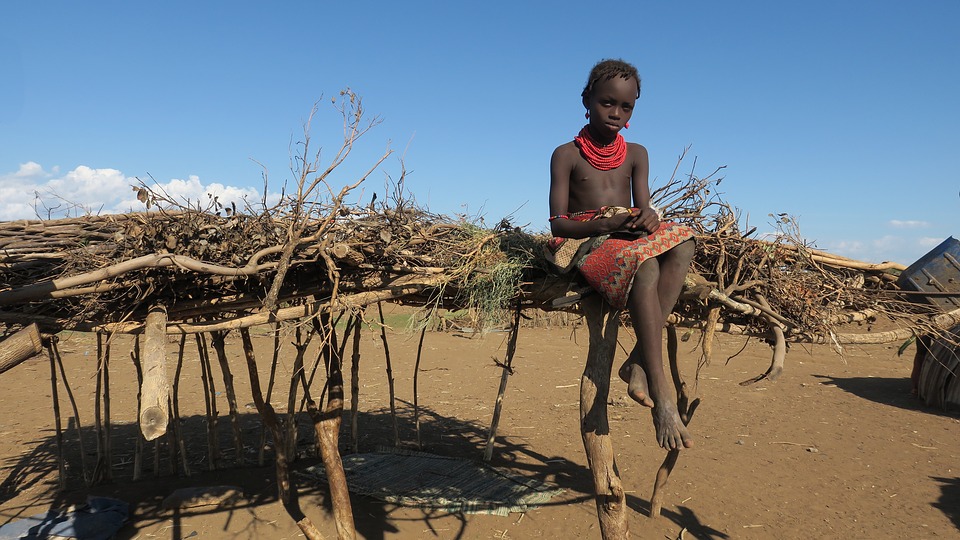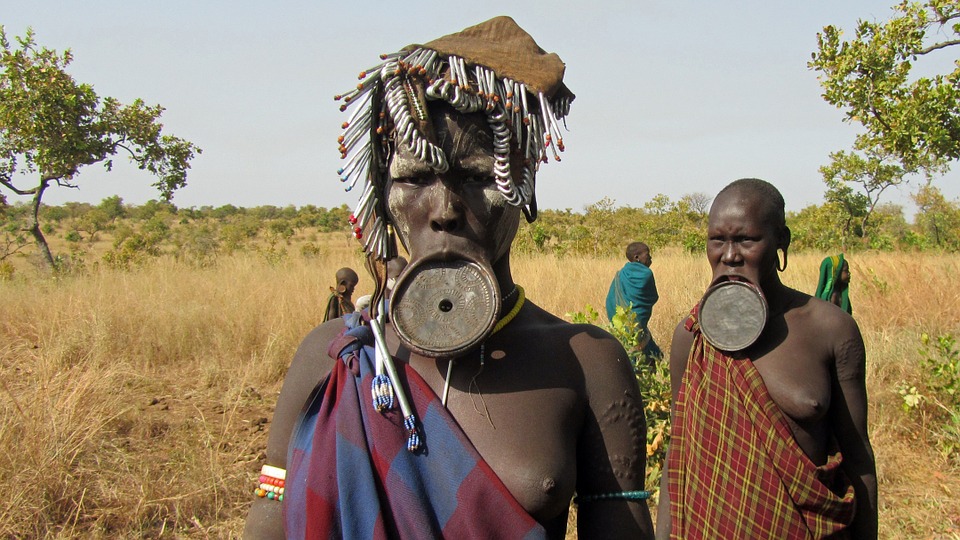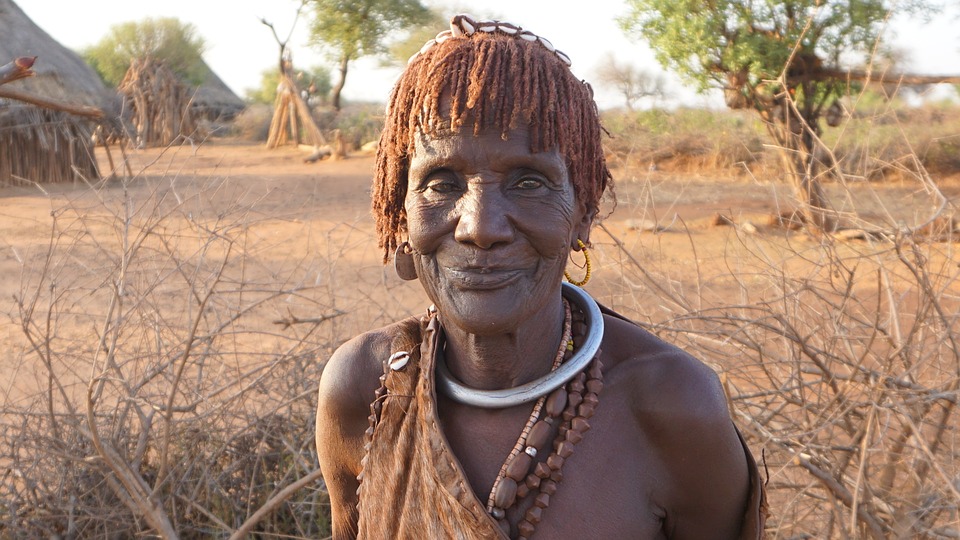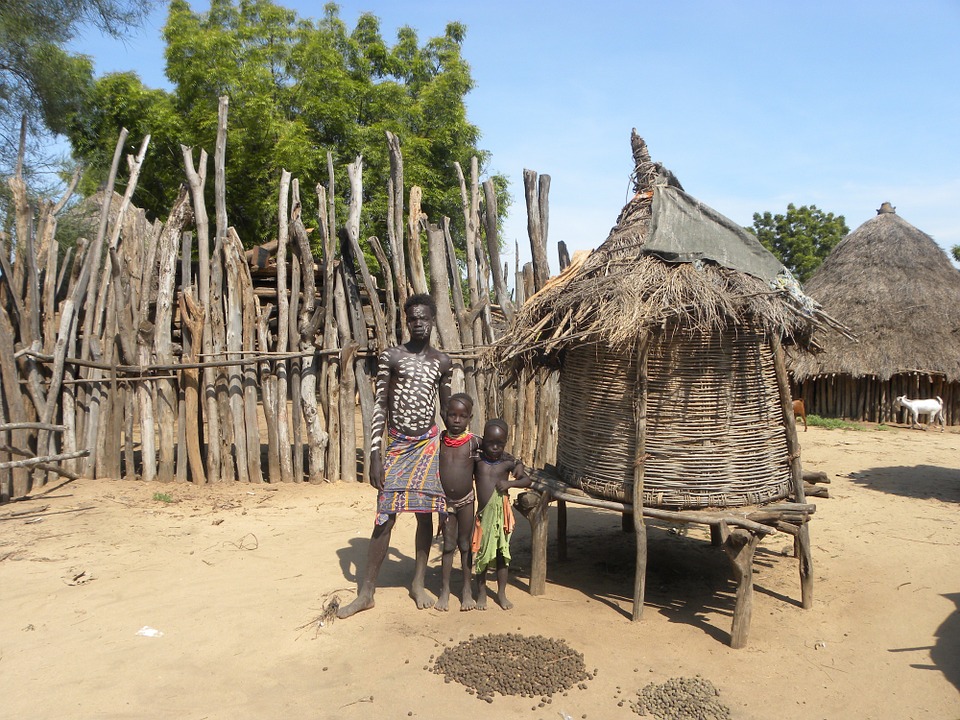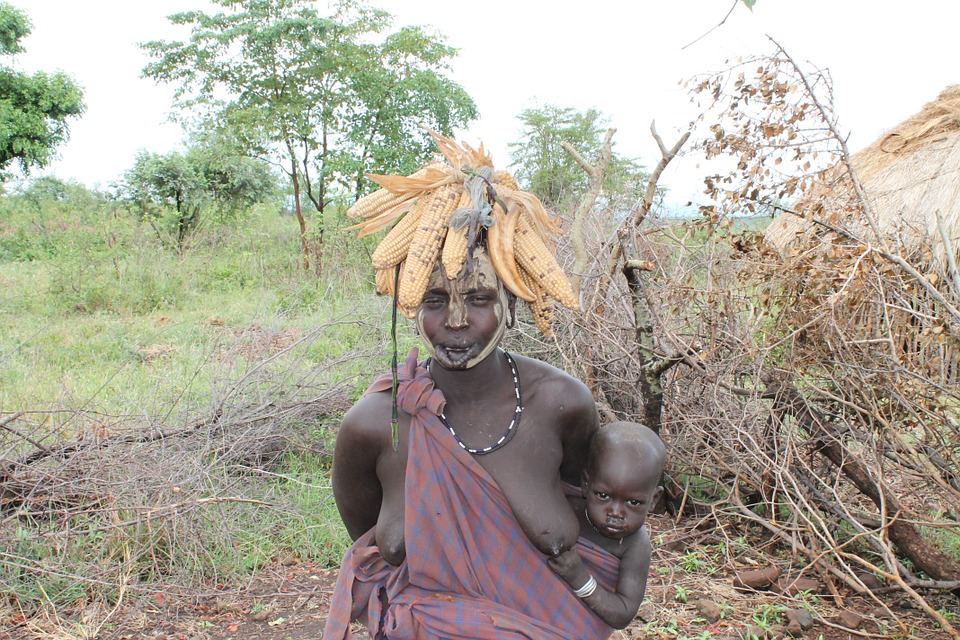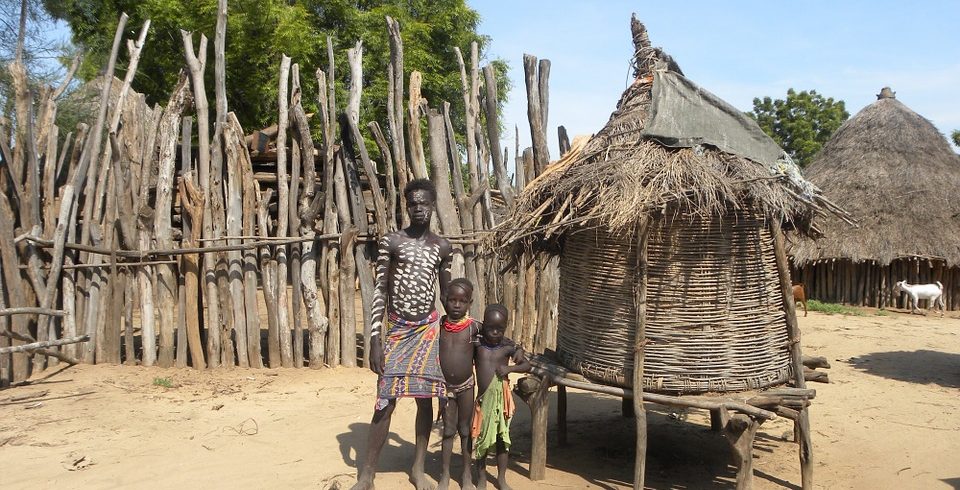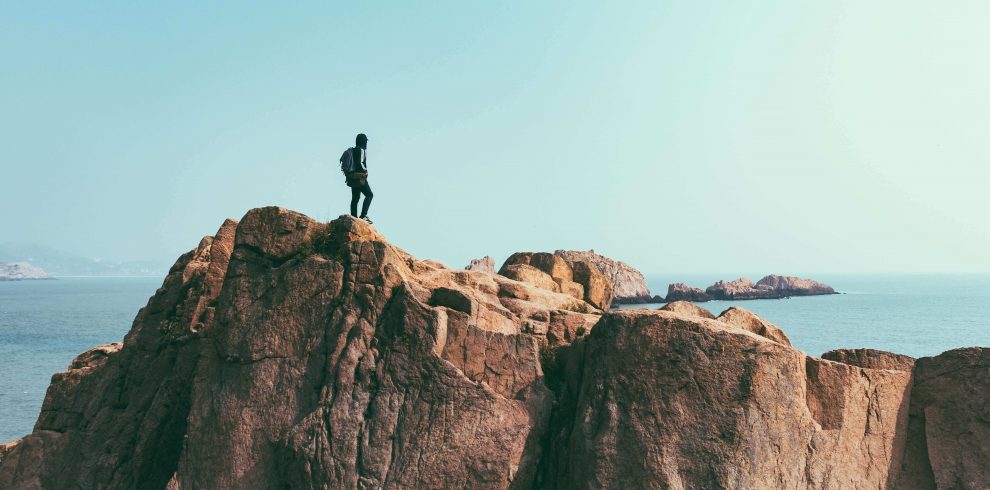These tours visit the tribes of Ethiopia’s rapidly changing Omo Valley. Of the many small tribes in this area we regularly visit the Hamer and Banna, the Mursi, the Ari, the Dasanech, the Konso and Dorze. Less frequently we also visit the Karo. Our itineraries are scheduled to include some of the local weekly markets in the region. Ethiopian Airlines now flies between Addis Ababa and Arba Minch and between Addis Ababa and Jinka. The long, but scenic drive from Addis Ababa to the Omo Valley is no longer required to visit this region.
Travel is the movement of people between relatively distant geographical locations, and can involve travel by foot, bicycle, automobile, train, boat, bus, airplane, or other means, with or without luggage, and can be one way or round trip. Travel can also include relatively short stays between successive movements.
The origin of the word “travel” is most likely lost to history. The term “travel” may originate from the Old French word travail, which means ‘work’. According to the Merriam Webster dictionary, the first known use of the word travel was in the 14th century.
It also states that the word comes from Middle English travailen, travelen (which means to torment, labor, strive, journey) and earlier from Old French travailler (which means to work strenuously, toil). In English, we still occasionally use the words “travail”, which means struggle. According to Simon Winchester in his book The Best Travelers’ Tales (2004), the words “travel” and “travail” both share an even more ancient root: a Roman instrument of torture called the tripalium (in Latin it means “three stakes”, as in to impale).
<p>After breakfast, drive to the famous lakeside town of Arba Minch. Visit the villages of Gurage for their staple food of Kocho made from the false banana. We drive through one of the most colorful and scenic areas of Southern Ethiopia, a land that is inhabited by the Wolayita people, who were once nomads but currently they are farmers. Before arriving to the town of Arba Minch, a long section of the road offers magnificent views of lake Abaya, surrounded by mountains. The lake has volcanic origins. Overnight at Hotel.epani Poon Hill. Normally, the trek starts like Phokhara to Nayapul and ends like Phedi to Pokhara.</p>
<p>Early morning drive to Konso where colorfully costumed dress, impressive terracing of the land and unusually engraved wooden statues used as grave markers can be seen. Differing from their neighbors, the Konso are pure agriculturists, famed for their use of the stone terraces that they utilize to such good effect in this dry and barren region of basalt hills. Originally from the east and speaking an east Cushitic language, the Konso live in settlements that are surrounded by stone walls. The age of each town is classified by a generation pole and each family lives in compounds that are accessible only through gateways that require the visitor to enter on all fours thereby rendering any potential attackers vulnerable.</p><p>Keep driving if it is Thursday we will visit Key Afer for the colorful market where we should see and photographed the Ari, Bena, Hamer and Tsemay people. The Bena and Hamer women usually favor red clay braids in their hair, shiny with butter and perfumed with incense. The long beaded skirts of the Tsemay have a stick incorporated in the back to denote a married woman and the men have elaborately plaited hairstyles decorated with feathers and colorful beads.</p><p>After visiting the market, we drive on to Jinka, often called the gateway to the Omo Valley. Overnight at hotel.</p><p></p>
<p>Early morning drive to Mago National Park, from here, visit the Mursi highlands where the most well-known of Ethiopia's unique tribe’s lives. The Mursi are known all over the world, for their decorative lip plates that adorn the lower lips of the Mursi women. The plates stretch the lower lip beyond imagination and the women's beauty, pride and desirability is determined in direct proportion to the size of the plate. The Mursi men and women may appear gracious but the Mursi warriors are not to be sneezed at. On their arms are deep crescent incisions that represent each enemy they have killed in battle. The men are also famous for their hairstyle. The various cultural aspects of the tribe will be explained and you will be able to take their photographs but not for free. Back to Jinka for your lunch and afternoon go to the Ari Village near by the town of Jinka for experiencing and learning the culture of Ari tribe and explore how they make their traditional homemade alcoholic drinks.</p><p>Overnight at Hotel.</p><p></p>
<p>This day, we will continue driving through the Omo Valley region to Turmi via Dimeka Market. The Hamer tribe is one of the largest groups in the Valley. The Hamer cultivate millet, vegetables,</p><p>tobacco and cotton as well as raising cattle and goats. They are known for the fine pottery they produce as well as their remarkable hairstyling. Most dramatic of all are the clay hair buns with ostrich feathers that the men don when they have killed a fierce animal. The Hamer women are simply stunning. The women wear beaded necklaces and iron coils around their arms and decorate their skin with cowry shells. These decorations indicate the wealth and prestige of a woman’s husband.</p><p>Keep driving if it is Tuesday or Thursday we will visit Dimmeka Market for the colourful market where we should see and photographed the Bena, Hamer and Tsemay people. The Bena and Hamer women usually favour red clay braids in their hair, shiny with butter and perfumed with incense. The long beaded skirts of the Tsemay have a stick incorporated in the back to denote a married woman and the men have elaborately plaited hairstyles decorated with feathers and colourful beads.</p><p>After visiting the market, we drive on to Turmi , often called the gateway to the Omo Valley.Overnight at Hotel/Camping.</p><p></p>
<p>This day morning, we continue through the savannah along tracks that are barely visible, passing through a vast meadowland with shrubs and umbel lifers ('umbrella' acacia trees) for an excursion to the Murulle area. We arrive at Korcho village with beautiful views over the Omo River to see the Karo ethnic group, experts in body painting, using clay and locally available vegetable pigments to paint fantastic patterns on each other's faces, chests, arms and legs. These designs have no special symbolic significance, but are created purely for fun and aesthetic effect, each artist vying to out-do their fellow artists. Karo men also sculpt and shave their hair into extravagant shapes, with special ochre "caps" of hair usually containing several ostrich feathers. En route have a picnic lunch. We then drive back to the village of Turmi. Overnight caming/Hotel.</p>
<p>In the morning Drive to visit of Dasnech peoples with crossing the omo river by small local boats with having a walk also in the villages. Drive back to Turmi with having lunch at the hotel. Reach in Turmi and in the afternoon, visit the hammer village market. Overnight caming/Hotel.</p>
<p>This day we will drive to Arbaminch . Then we will proceed to the New-York; a bizarre landscape of sand panicles formed by wind and rain (erosion). After lunch stop at Konso, continue Arba Minch for our overnight stops.Overnight at Hotel.</p>
<p>Morning after breakfast we will have a boat trip on clear blue waters of Lake Chamo to see the crocodiles, hippos & aquatic bird species. The northern shores of Lake Chamo are famous for its large crocodiles, which can be seen in great numbers lounging in the heat. The lake is about 32km long and provides a lush wetland habitat for many species of flora and fauna.</p><p>Afternoon , drive 40kms northwest of Arba Minch to Guge Mountains to visit the Dorze and Chencha villages. Once warriors, the Dorze have now turned to farming and weaving to earn a living. They speak an Omotic tongue and the Dorze name is synonymous with the best woven cotton cloth. The "elephant huts" of the Dorze are unique and worth seeing. Also, the Dorze beehive-shaped houses are constructed entirely of organic material and has its own small garden surrounded by beds of spices, cabbage and tobacco. Some of Ethiopia’s best woven cottons come from Chencha, which is located 8 km northwest of Dorze Village. Men weave and women spin. Overnight at Hotel/Dorze village.</p><p></p>
<p>Drive back to Addis in early afternoon and you might be interested for the last-minute souvenir shopping at the markets. In the evening, we will go out to one of the best cultural restaurant for the Farewell Dinner at traditional restaurant with live traditional dances program. Then transfer to the airport for your departure to Home. Tour End with unforgettable Memory!!!!! </p>
The Trip Cost Includes
- Pick-up or Drop-off service from and to Airport(in our own vehicle)
- Transportation to and from!!
- Food all along the trip(Breakfast, Lunch, Dinner and a cup of coffee or tea) and accommodations during the trip in hotels with family environment
- Transportation, food, accommodation and insurance of Guide during the trip
- Down jacket, all-season sleeping bag, duffel bag and trekking map(in case if you don’t have your own. Down jacket, sleeping bag and duffel bag must be returned after completion of the trip)
- First Aid Medical Kit(Your guide will carry the Medical Kit but we also advise to bring yourself for your own use, as far as possible)
- All the required permits and paperwork
The Trip Cost Excludes
- International Airfare
- Visa Charges
- Hotel Expenses(In Kathmandu, some packages do include hotel expenses)
- Your travel and medical insurance
- Personal Expenses such as shopping, bar bills, hot shower, telephone, laundry, titbits etc
- Food and accommodations in Kathmandu
- Services not mentioned or not promised by the agent/agency
- Emergency expenses such as expenses on a chartered helicopter.
Recommended vaccinations include hepatitis A, yellow fever (a certificatemay be required on entry).
Only selected itineraries are arranged here, however, numerous types of tours that suit the traveller’s convenience can be organized. Combined tours can also be arranged up on request.
We use 3-star hotel, lodges, resorts and local hotels outside of Addis Ababa. We always book the best available accommodation for you. Your room type is Single, Twin, Trippel etc based on your interest .During camping on overnight on tent.
With first-rate hospitality we serve a pleasant combination of local and European dishes, providing you with tasty and varied meals while ensuring high standards of hygiene. Different variety of dishes are available in out of Addis Ababa too. During camping our professional cooks serve you delicious and varied dishes.
We are a travel specialist so we can book and buy both your international and domestic flight tickets . Please note that if you fly with Ethiopian Airlines for your international sector then there is up to 50% discount on the domestic sector.
Yes you can bring camera,Video .You will asked for extra charges to have photos or video on some specific places on this trip.
This trip can held at any season. So depending your travel time Your pre-departure documents include a detailed packing list with items that you need to bring. While most of the equipment for daily activities is included in your tour cost.
It really depends on you. Is it your first time in Nepal? How confident are you of being able to find your way around? How pressed on time are you? If you go through an agency, it will be costlier but everything will be planned. You will only have to come, trek and return.

